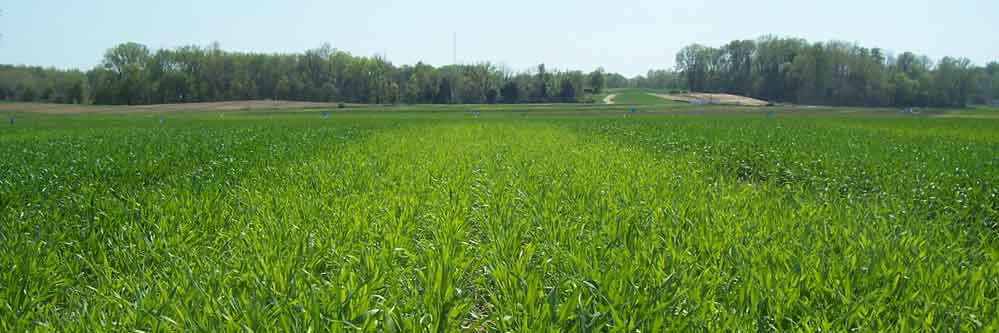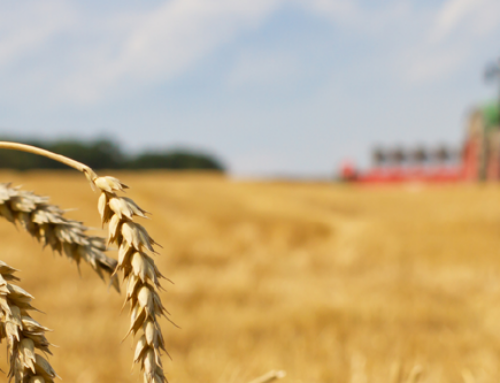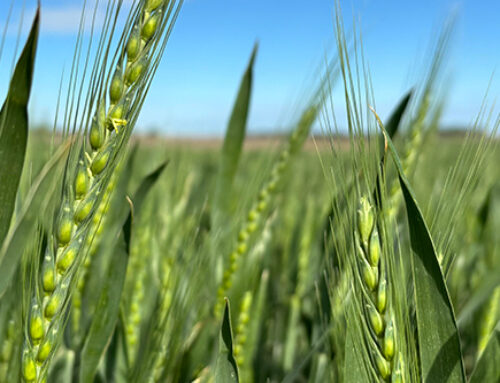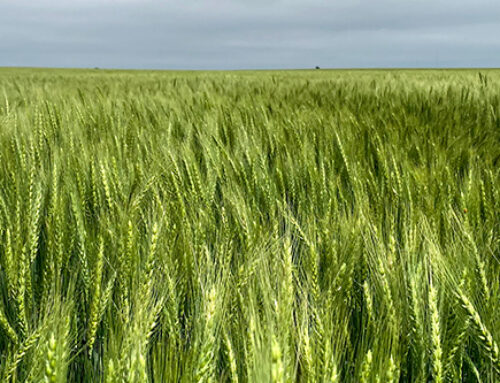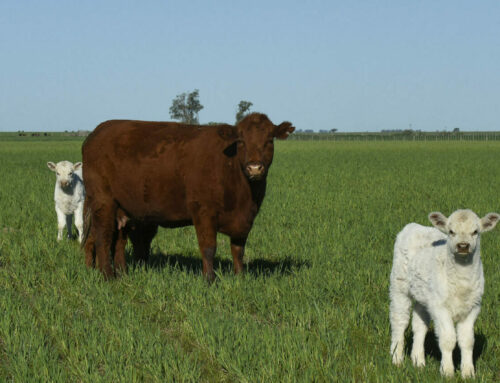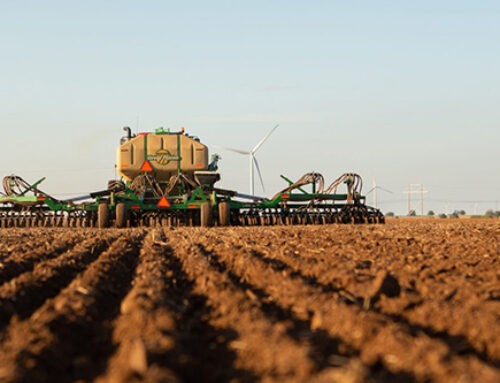Winter chill hangs in the air, but it’s not too soon to plan for topdressing. Today, we are focusing on the why, when and how of topdressing wheat. Topdressing is the process of adding a second round of nitrogen during late dormancy to early green up, compensating for any deficiencies and giving wheat an extra boost. Rather than a single application, nitrogen uptake is more efficient when split into a pre-plant application and a topdress. Other benefits include reducing non-uniform growth patterns, tank mixing with other chemicals and compensating for nitrogen removal due to cattle grazing.
With spring comes wet weather. If fields are too wet, the topdress may be delayed. Farmers may resort to tracking up fields with spray rigs. Planning to topdress in the late winter or very early spring is a best practice.
A common opinion is: the earlier the better. Moisture is needed to move the nitrogen into the root zone. Applying early allows more time for a rain or snow event to take place. The nitrogen should be in place before head size is determined and differentiation occurs – namely the jointing stage of wheat. Sandy or poorly drained soils would be the exception to the rule. Plan to apply as late as early March to these soil types.
Combining herbicides, insecticides and fungicides with nitrogen while topdressing can save producers an extra trip across the field. When tank mixed with pesticides, the nitrogen acts as an adjuvant, so it is important to read the labels for these pesticides to insure mixing and compatibility issues are addressed. Typically these tank mix applications occur later in the topdressing season. In order to attain optimal timing of the pesticide, a producer needs to weigh the consequence of waiting to apply nitrogen versus making an extra trip so both products are timed properly.
Price per pound of nutrient is typically the main factor when choosing a nitrogen source. Two other questions to consider are: 1. How will it be applied? 2. What will do the job in a timely manner? For many, the answer is a broadcast application. This is especially true when applying nitrogen with another chemical. Alone, the answer might be a liquid dribble band or utilizing dry Urea. These options are especially advantageous under high residue conditions. Urea and UAN (Urea-ammonium-nitrate) solution are equally effective when managed properly. UAN has 25% of the nitrogen in the nitrate form, so it has less potential for volatility losses compared to Urea. Conversely, UAN is subject to immediate leaching; whereas Urea has to convert to nitrate before leaching can occur.
Determining how much nitrogen is needed starts with knowing if there is any residual nitrogen in the soil. Yield goal also helps decide rate. Starting with a nitrogen recommendation based on a soil test, and then subtracting how much was applied pre-plant will determine the topdress rate. If cattle grazed the field over the winter months, additional nitrogen should be added. Typically, 0.4 pounds of nitrogen for every pound of beef removed is the rate of compensation.
Topdressing is an all-around good practice. When the right nitrogen source, application method, timing, and amount are determined, your field will get that extra boost it needs to meet your yield goals.
Featured Image: Dennis Nowaskie, Purdue Extension
